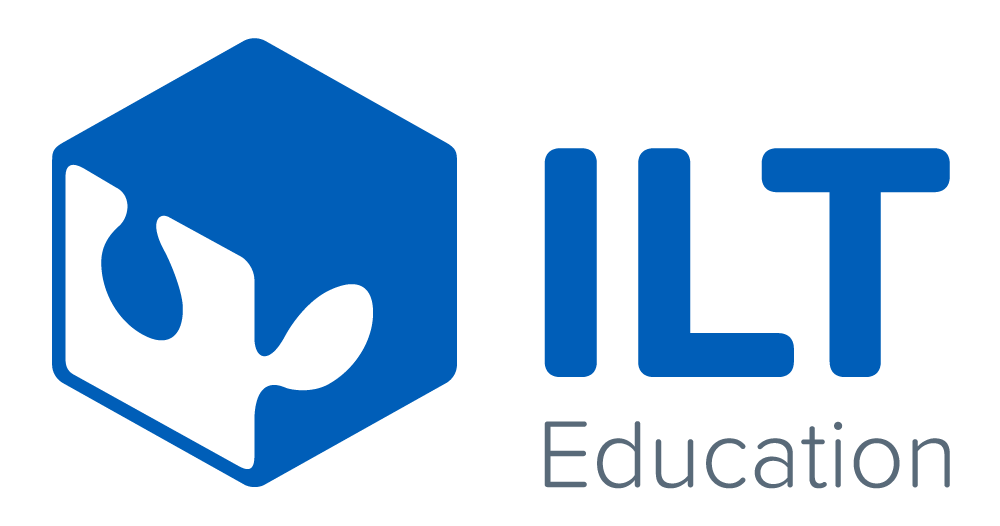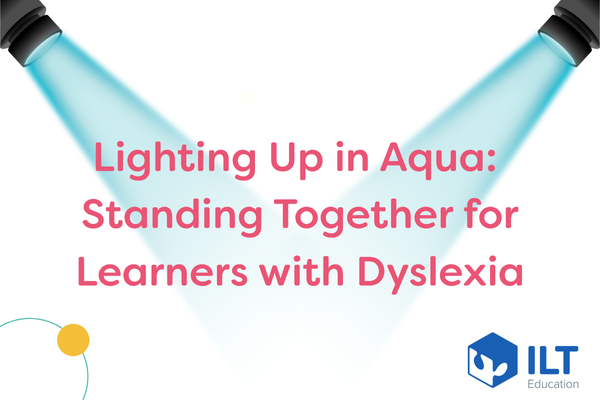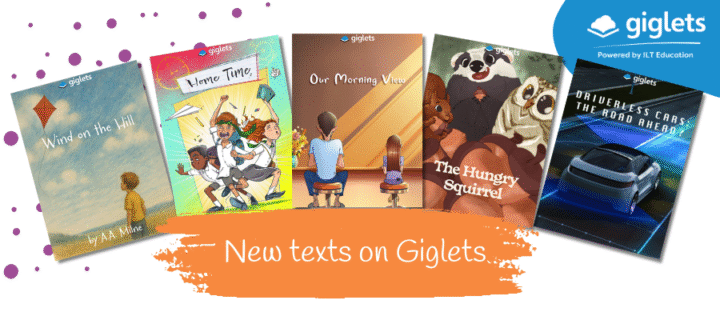- Blog
20/10/2025
Strengthening Literacy with Scarborough’s Reading Rope

Scarborough’s Reading Rope has become a trusted framework for understanding how reading develops and where it can break down. Developed by Dr. Hollis Scarborough in 2001, the model illustrates skilled reading as the intertwining of two key strands: word recognition and language comprehension. It builds on the Simple View of Reading (Gough & Tunmer, 1986), which defines reading comprehension as the product of decoding and understanding language. The Rope adds nuance, breaking these into sub-skills like phonemic awareness, vocabulary, syntax, and inference. Crucially, these skills develop over time and with deliberate, evidence-informed instruction.
The empirical evidence supporting each strand is substantial. Studies confirm that phonological awareness and decoding (central to word recognition) are not innate, but teachable. Systematic phonics instruction has been shown to significantly boost early reading skills (Ehri et al., 2001), and phonemic awareness is a strong predictor of later reading success (National Reading Panel, 2000). Language comprehension, meanwhile, draws on background knowledge, vocabulary, and the ability to make inferences; skills that research consistently links to long-term reading outcomes (Cain & Oakhill, 2007; Hirsch, 2003). Children from disadvantaged backgrounds, or those learning English as an additional language, often require explicit support in these areas to catch up.
Despite this, large-scale studies show that fluency, vocabulary, and background knowledge are frequently underdeveloped in practice. Gaps in comprehension tend to emerge by Key Stage 2 if early instruction focuses solely on phonics without building rich oral language or content knowledge. English learners often face a double challenge: learning to decode while simultaneously acquiring the academic language needed for understanding texts.
This is where Scarborough’s model is most powerful: not just as a theory, but as a framework schools can use to strengthen every strand, with the right support in place.
Digital tools can play a vital role in reinforcing these strands in cost-effective and inclusive ways:
-
For word recognition, Nessy provides systematic decoding and language-building practice, helping pupils build reading fluency and confidence in spelling.
-
For fluency and consolidation, Aski Raski offers engaging practice and repetition that strengthens decoding skills, particularly valuable for older pupils who need to catch up quickly and develop reading for learning.
-
For vocabulary and comprehension, Giglets offers access to a wide range of culturally rich texts and interactive resources that deepen understanding.
-
For oral language, Polylino supports children with high-quality multilingual stories, ensuring that every child, including those learning English as an additional language, can access and enjoy literature.
Schools can use the Rope to audit provision systematically. For example, decoding might be assessed through phonics checks and running records; vocabulary through curriculum analysis and pupil work; and comprehension through teacher observation and targeted questioning.
Once gaps are identified, tools like Nessy, Aski Raski, Giglets, and Polylino can be mapped directly onto the strands of the Rope, allowing schools to address needs with precision and consistency.
The most reliable levers for improving literacy include early, explicit phonics instruction, rich vocabulary and oral language teaching, ongoing teacher development, and curricula that build knowledge over time. But schools operate under real constraints: budget, time, and training gaps among them. That’s why models like the Reading Rope matter. They help focus attention on what matters most and allow leaders to align teaching, tools, and training with evidence.
Ultimately, Scarborough’s Rope is a reminder that reading success depends on every strand being strengthened. With digital tools like Nessy, Aski Raski, Giglets, and Polylino aligned to the Rope, schools can give every child the strongest possible foundation. To see how these tools can support your literacy provision, why not try one of them for free today?
References
- August, D., & Shanahan, T. (Eds.). (2006). Developing literacy in second-language learners: Report of the National Literacy Panel on Language-Minority Children and Youth. Mahwah, NJ: Lawrence Erlbaum Associates.
- Biancarosa, G., & Snow, C. E. (2006). Reading next—A vision for action and research in middle and high school literacy: A report to Carnegie Corporation of New York (2nd ed.). Washington, DC: Alliance for Excellent Education.
- Cain, K., & Oakhill, J. (2007). Children's comprehension problems in oral and written language: A cognitive perspective. New York, NY: Guilford Press.
- Ehri, L. C., Nunes, S. R., Stahl, S. A., & Willows, D. M. (2001). Systematic phonics instruction helps students learn to read: Evidence from the National Reading Panel’s meta-analysis. Review of Educational Research, 71(3), 393–447. https://doi.org/10.3102/00346543071003393
- Gough, P. B., & Tunmer, W. E. (1986). Decoding, reading, and reading disability. Remedial and Special Education, 7(1), 6–10.
- Hart, B., & Risley, T. R. (1995). Meaningful differences in the everyday experience of young American children. Baltimore, MD: Paul H. Brookes Publishing.
- Hirsch, E. D. (2003). Reading comprehension requires knowledge of words and the world: Scientific insights into the fourth-grade slump and the nation’s stagnant comprehension scores. American Educator, 27(1), 10–29.
- National Institute of Child Health and Human Development. (2000). Report of the National Reading Panel: Teaching children to read (NIH Publication No. 00-4769). Washington, DC: U.S. Government Printing Office.
- Scarborough, H. S. (2001). Connecting early language and literacy to later reading (dis)abilities: Evidence, theory, and practice. In S. B. Neuman & D. K. Dickinson (Eds.), Handbook of early literacy research (Vol. 1, pp. 97–110). New York, NY: Guilford Press.
- Snow, C. E., & Uccelli, P. (2009). The challenge of academic language in high school. In D. R. Olson & N. Torrance (Eds.), The Cambridge handbook of literacy (pp. 112–133). Cambridge University Press.



